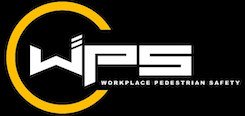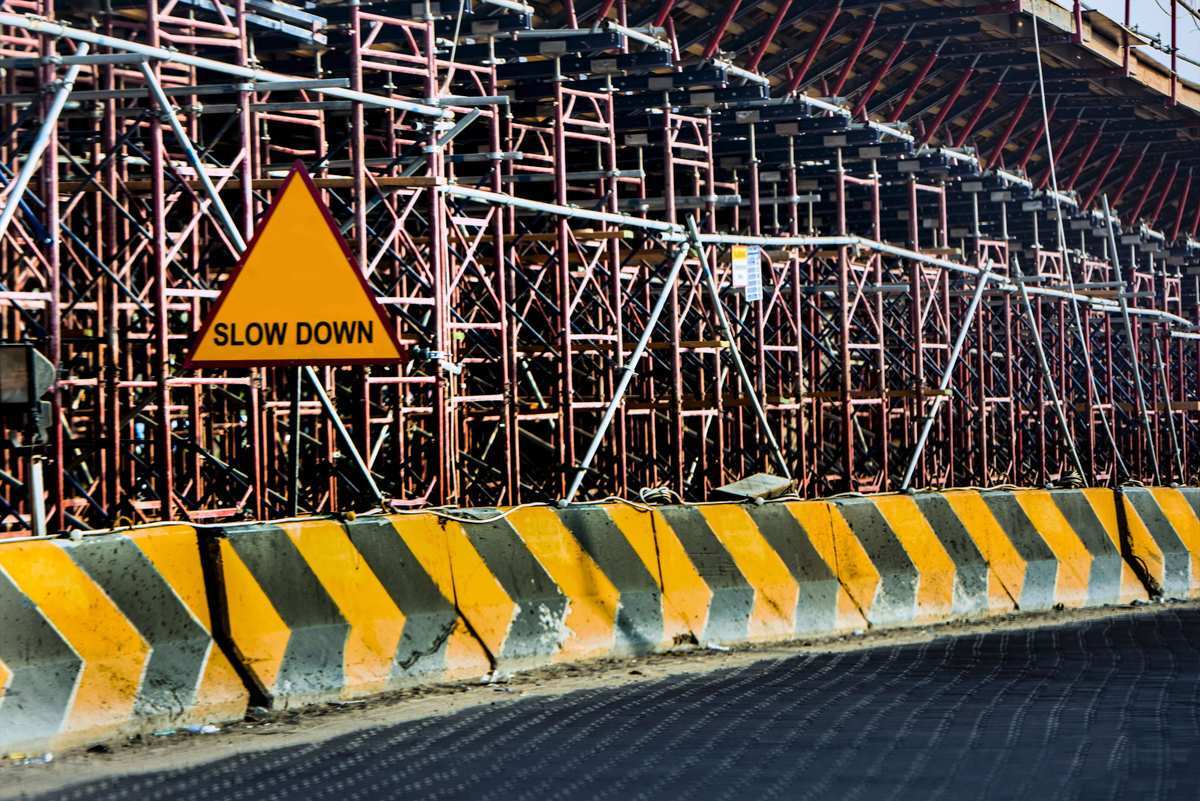Industrial safety barriers are essential to protect workers and their equipment from all kinds of hazards. In a warehouse, there are many potential threats, and to prevent accidents, it is necessary to invest in protection. Let us look at why safety devices are necessary and if there are any regulations to keep in mind.
What Are Safety Barriers?
A safety barrier is essentially a metal fence or railing that blocks a person or vehicle from passing. These barriers are brightly coloured to ensure everyone is aware of them and their importance.
Safety barriers prevent accidents, and potential injuries, and can also provide direction in a warehouse. They can prevent accidental entry into hazardous areas and are placed to protect workers. Here’s how safety barriers can help:
Reduce Accidents
Safety barriers physically prevent people entering dangerous zones, hence reducing accidents. Preventing any crashes or falls also ensures safety of stock. Accidents are not only dangerous for your workers, but they can also cause expensive stock and workplace damages.
Raise Awareness
Placing barriers for safety at various places in a warehouse can help raise awareness around health and safety regulations. Explain to your employees why they are placed in a specific position and what their importance is.
Protect Your Vehicles
Safety barriers are not only for the protection of employees and stock, but they can also protect your vehicles. Vehicles like forklifts can collide with stock or walls and may get damaged. Barriers do a good job at directing forklifts and ensuring safety for your property.
Safety Barrier Regulation
There are no specific rules and regulations around safety barriers for pedestrians in Australia. Employers can take liberty in how much protection they offer on site. This poses a real threat to workers, assets, property, and even visitors that could be exposed to hazards.
Considering these factors, industrial safety barriers may not be regulated, but they are an absolute necessity. This has led to the creation of the PAS 13 code of practice. It is one of the biggest steps taken in the safety of warehouse workers. These guidelines are meant to protect workplaces from potential hazards.
What is PAS 13?
PAS 13 is a globally recognised code of practice that was designed by the British Standards Institution. The document will be of great use to any health and safety or operations manager.
PAS 13 has details on how to operate in busy industrial facilities. It also covers the different types of safety barriers. It explains how to test safety barriers for strength and durability. PAS 13 is the only global code of practice that is recognised for safety and protection in industrial environments.
Takeaway
After setting up a warehouse, the first step should be ensuring safety of infrastructure and workers. If you have a warehouse of your own, keep yourself informed on the safety standards and regulations. This way you will know which safety devices to invest in and which suppliers to trust.
Workplace Pedestrian Safety has a large range of safety equipment available. Safety devices are necessary in warehouse and industrial settings, but are also a great investment anywhere safety is required. Reach out to our team of experts today and we’ll find something to fit your situation.





